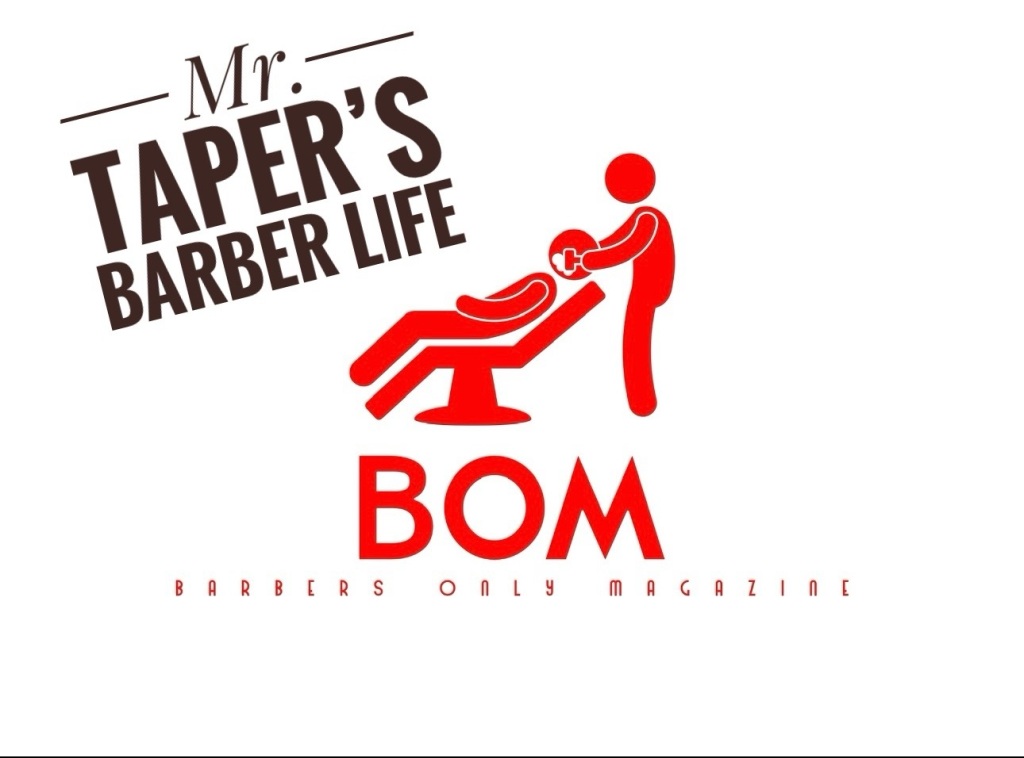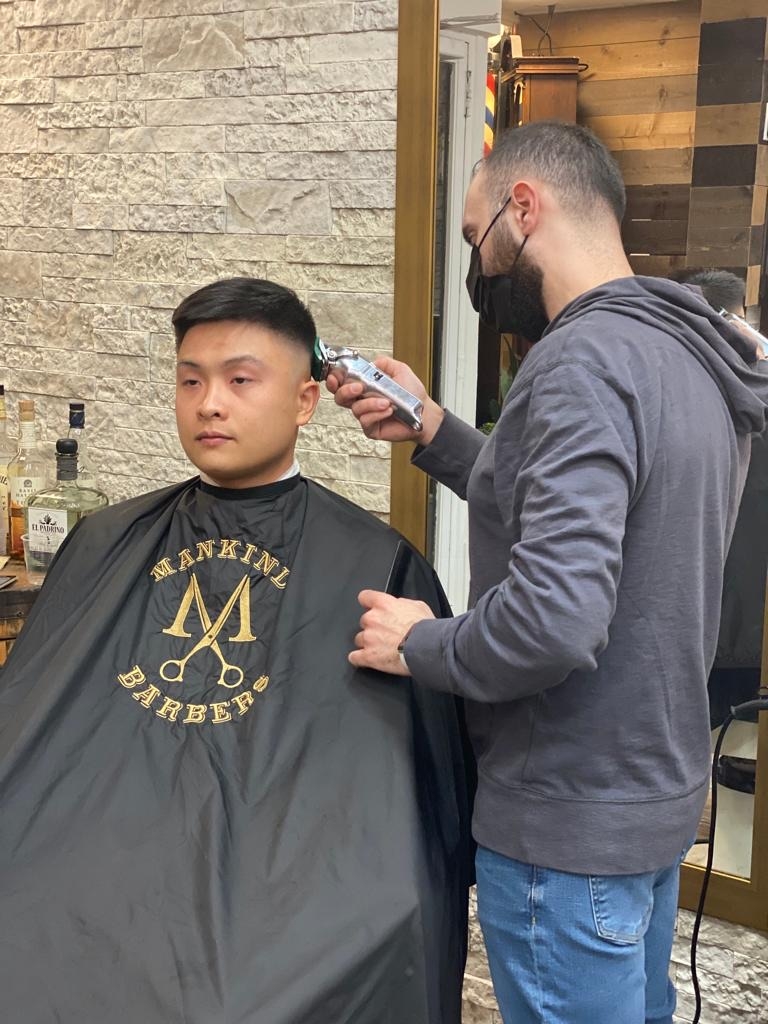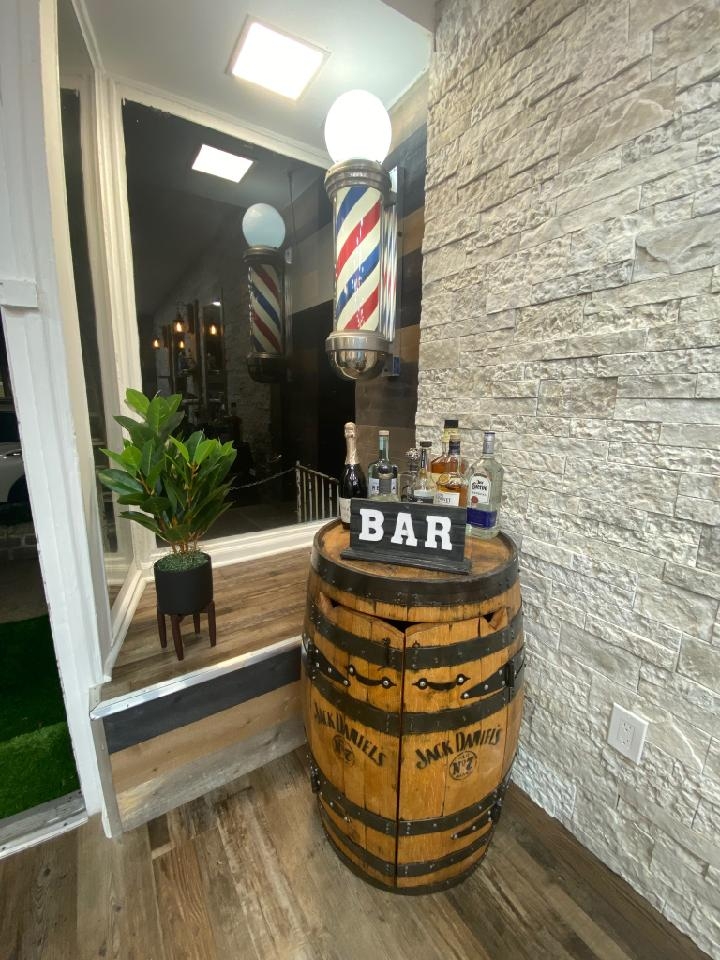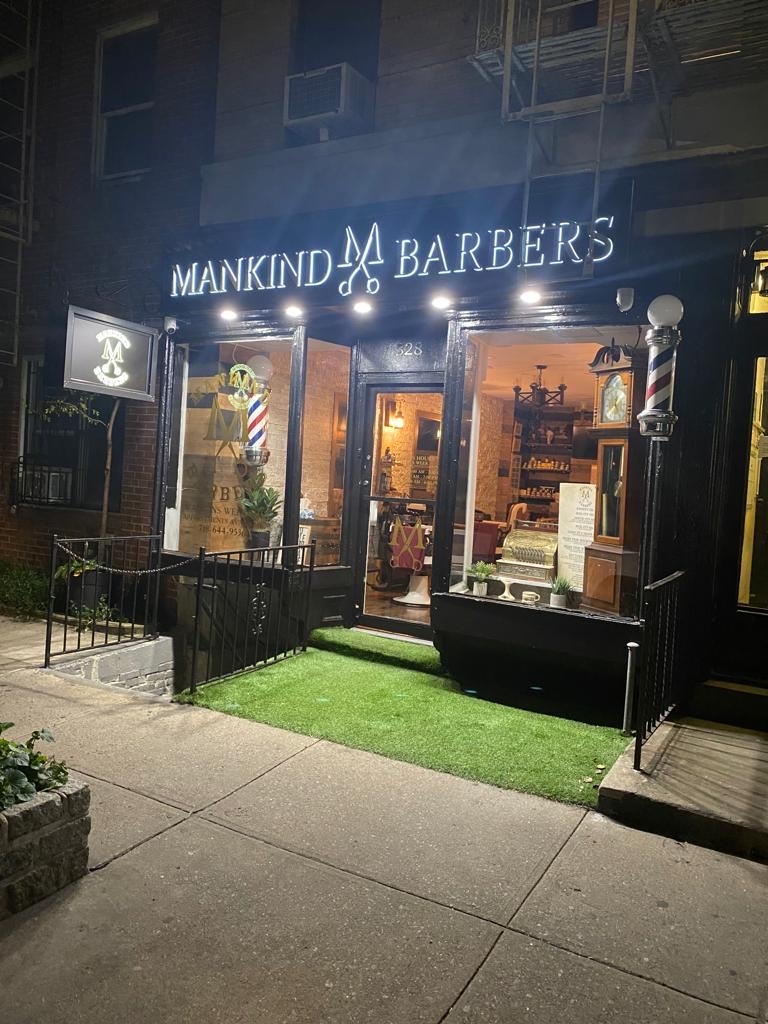

A clipper cut for curly hair offers several benefits, including the ability to control the length and texture of the curls more precisely. Clipper cuts can help reduce bulk and weight in curly hair, making it easier to manage and style. Additionally, clipper cuts can enhance the natural curl pattern and create a more uniform look, resulting in a polished and well-maintained appearance for those with curly hair.
The frequency of trims for someone with a clipper cut will depend on their individual hair growth rate and desired style. On average, it is recommended to get a trim every 4-6 weeks to maintain the shape and length of the cut. Regular trims can help prevent split ends and maintain the overall health of the hair, especially for those with curly hair that tends to be more prone to dryness and damage.
https://podcasts.apple.com/us/podcast/mr-tapers-barber-life/id1678890979?i=1000647933253

Posted by on 2024-03-11
Tax write-offs for barbers can be a great way to save money on taxes. Barbers can take advantage of a variety of deductions and credits to reduce their taxable income and save money. Here are some of the most common tax write-offs for barbers in 2024. 1. Professional Expenses: Barbers can deduct expenses related to […]

Posted by on 2024-01-02
youtube.com/watch
Posted by on 2023-11-13
A clipper cut can be customized to create different styles and lengths by adjusting the guard size on the clippers. Different guard sizes can be used to achieve varying lengths, from a close buzz cut to a longer textured look. Additionally, blending techniques can be used to create seamless transitions between different lengths, allowing for a more personalized and versatile clipper cut style.

To maintain a clipper cut at home, it is recommended to use specific products designed for curly hair, such as moisturizing shampoos and conditioners, leave-in treatments, and styling products like curl creams or gels. These products can help enhance the natural curl pattern, reduce frizz, and keep the hair hydrated and healthy between trims. Regular deep conditioning treatments can also help nourish and strengthen the hair, promoting overall hair health.
The main difference between a clipper cut and a traditional scissor cut is the tool used to achieve the desired style. Clippers are typically used for shorter, more uniform cuts, while scissors are used for more precise and detailed cutting techniques. Clipper cuts are often preferred for shorter styles or fades, while scissor cuts are more commonly used for longer lengths and layered looks. Both techniques have their own advantages and can be tailored to suit individual preferences and hair types.

A clipper cut can work for all hair types, including fine or thick hair, depending on the desired style and technique used. For fine hair, a clipper cut can help create volume and texture, while for thick hair, it can help reduce bulk and weight. Different guard sizes and blending techniques can be used to customize the clipper cut to suit the specific needs and characteristics of different hair types, resulting in a tailored and flattering look for each individual.
Achieving a precise clipper cut may require special techniques and tools, such as using different guard sizes, adjusting the blade angle, and practicing proper cutting angles. It is important to have a steady hand and a good understanding of the desired style to achieve a clean and even cut. Additionally, regular maintenance of the clippers, such as cleaning and oiling the blades, is essential for optimal performance and longevity. Proper training and practice can help improve the precision and quality of clipper cuts, ensuring a professional and polished result.

For individuals with thinning hair, a haircut that works best is one that adds volume and texture to the hair. Layered cuts, such as a long layered bob or a shag haircut, can help create the illusion of thicker hair by removing weight and adding movement. Additionally, incorporating soft waves or curls into the hairstyle can also help to give the appearance of fuller hair. Avoiding blunt cuts or styles that are too short can help prevent the hair from looking even thinner. Styling products such as volumizing mousse or texturizing spray can further enhance the look of thicker hair. Overall, opting for a haircut that adds dimension and body to the hair can be most flattering for those with thinning hair.
When considering haircuts for different face shapes, it is important to take into account the unique features of each individual's facial structure. For example, individuals with a round face shape may benefit from hairstyles that add height and volume to create the illusion of a more elongated face. On the other hand, those with a square face shape may want to opt for softer, layered styles to soften angular features. Heart-shaped faces can be complemented by hairstyles that frame the face and add width at the jawline. Oval face shapes are considered the most versatile and can pull off a wide range of haircuts. Ultimately, consulting with a professional stylist who is knowledgeable about facial shapes and hair textures can help determine the most flattering haircut for each individual.
Barbershops typically do offer beard oil treatments as part of their grooming services. These treatments involve applying specially formulated oils to the beard to moisturize, condition, and promote healthy growth. Beard oil treatments are popular among men looking to maintain a well-groomed appearance and keep their facial hair looking its best. Some barbershops may also offer a variety of beard oil options, including different scents and ingredients to cater to individual preferences. Overall, beard oil treatments are a common service provided by barbershops to help clients achieve a well-maintained and stylish beard.
Barbershops often offer services tailored for special occasions such as weddings or parties. These services may include grooming packages, styling for formal events, beard trims, and haircuts to ensure clients look their best for the occasion. Some barbershops may also provide additional services like hot towel shaves, facials, and hair treatments to help clients achieve a polished and sophisticated look for their special event. Overall, barbershops can be a convenient and reliable option for individuals looking to enhance their appearance for weddings or parties.
Barbers ensure consistency in haircuts across appointments by following a standardized procedure that includes using precise measurements, consistent techniques, and quality tools. They start by consulting with each client to understand their desired style, taking into account factors such as hair texture, face shape, and personal preferences. Barbers then use specialized tools like clippers, scissors, and combs to execute the haircut with accuracy and precision. By adhering to a set of established guidelines and best practices, barbers can maintain consistency in their work, ensuring that each haircut meets the client's expectations and delivers a high level of quality and satisfaction. Additionally, ongoing training and education help barbers stay up-to-date on the latest trends and techniques, further enhancing their ability to provide consistent and reliable service to their clients.
When a client sits in the barber's chair, they have the opportunity to discuss their desired hairstyle with the stylist. During this consultation, the client can request a custom hair design that aligns with their personal preferences and style. The stylist will consider factors such as hair texture, face shape, and current trends to create a unique and tailored look for the client. By communicating openly and clearly with the stylist, the client can ensure that their haircut meets their expectations and reflects their individuality. Whether it's a trendy fade, intricate braids, or a bold color choice, the client can feel confident in requesting a custom hair design during their haircut appointment.